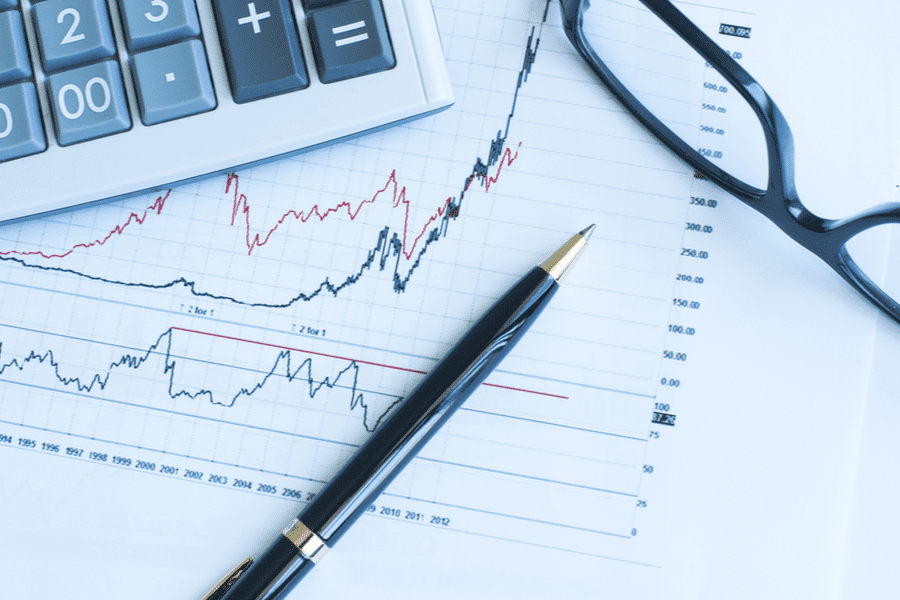The structured bond, what is it?
Complicated terms abound in the financial world; dividend, ETF, risk profile etc. ‘Notes’ is also a term in that long list, which means structured bonds. This category is not so well known, although this financial product offers many possibilities for almost every type of investor. Just like with a regular bond , a structured bond often has a capital guarantee.
‘Ordinary’ bonds
To understand structured bonds, it is important to understand what ‘normal’ bonds are. A bond is basically a tradable debt instrument. When you buy a bond, you are essentially ‘lending’ your money to a government or company. In exchange for lending your money, companies or governments offer you an interest. In addition to receiving interest on a bond, it is possible to trade a bond on the stock exchange.
The purpose of structured bonds
Structured bonds originated as an extension of convertible bonds . However, this investment product now stands entirely on its own.
Structured bonds are made by financial institutions. It is possible that banks agree with each other to produce a note based on agreements made.
Furthermore, bonds are cheaper than the normally issued savings certificate, investors even accept the risk of zero return in exchange for lending their money. As an investor, a note is interesting in two ways; on the one hand, it fills the gap between shares and funds (a high risk means a high return), on the other hand, a note does the same for bonds (a limited risk means a limited return).
What do structured bonds entail?
Structured bonds normally offer full capital protection. The organisation or institution concerned ensures that the initial investment is repaid on the agreed maturity date, unless there is bankruptcy. At the same time, the organisation can pay a coupon , just like with a bond. This coupon is variable and depends on the performance of an underlying asset, such as a fund, an index or an interest rate. The following applies here: the better the performance of the underlying asset, the higher the coupon will be. A structured bond consists of two parts: a bond and a supplement with (possibly different) option(s) .
What do structured bonds entail?
Structured bonds normally offer full capital protection. The organisation or institution concerned ensures that the initial investment is repaid on the agreed maturity date, unless there is bankruptcy. At the same time, the organisation can pay a coupon, just like with a bond. This coupon is variable and depends on the performance of an underlying asset, such as a fund, an index or an interest rate. The following applies here: the better the performance of the underlying asset, the higher the coupon will be. A structured bond consists of two parts: a bond and a supplement with (possibly different) option(s) .

An example of a structured bond
To make the dichotomy a bit clearer for you, we have an example. Imagine that a bank designs ‘SN 2026’, this is a structured investment product with a maturity date in 2026. As a customer of that bank, you sign up for €1,000, which means that €900 is invested in a regular bond. The loan that you make to an institution or country will eventually yield €1,000 in 2026 due to the fixed coupons. The conclusion is that your bank can insure your capital in 2026.
The remaining €100 from the following example is then invested in options. With an option, you get the opportunity to buy or sell something in the future at a value that is determined on the day itself. This means that SN 2026 contains options on an index of European shares, so that you can buy them for €100 in 2026. If you buy these options, they cost €3 today, this is independent of the situation or whether they are applied. When those shares rise to €150, your bank will apply an option. The option has a value of €147, which means that you as a customer will receive €1,147 back in 2026 (€1,000 + €147). But of course there is also a downside, which means that the options would no longer be worth anything and only the €1,000 would be paid back.
Compare brokers and start investing in bonds
Are you excited about investing in bonds after reading this article? Compare brokers with a bond offering and find the broker that suits you best!